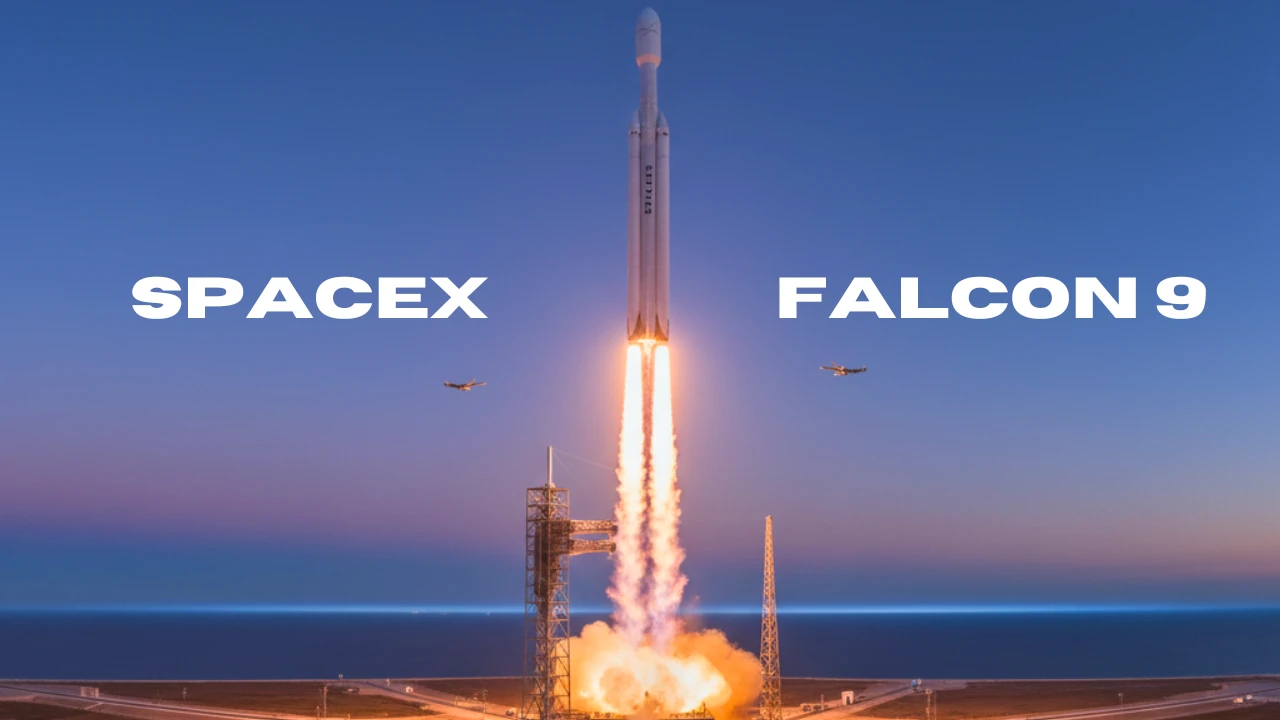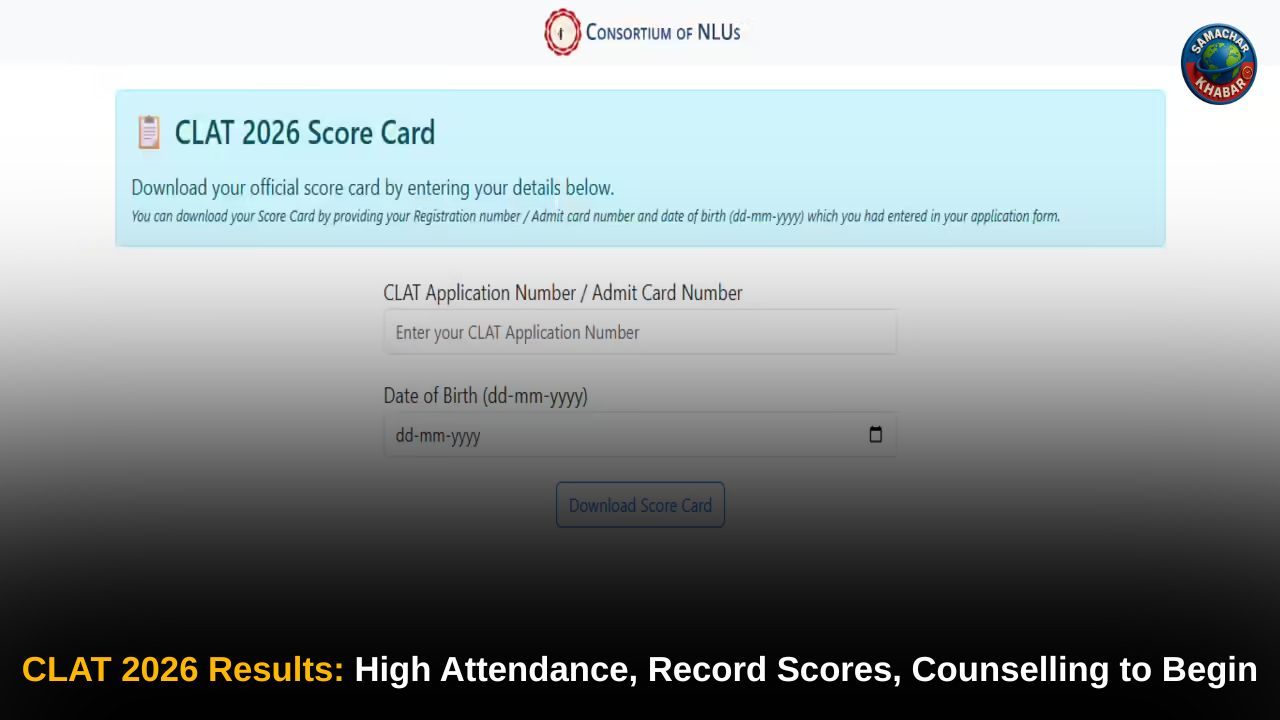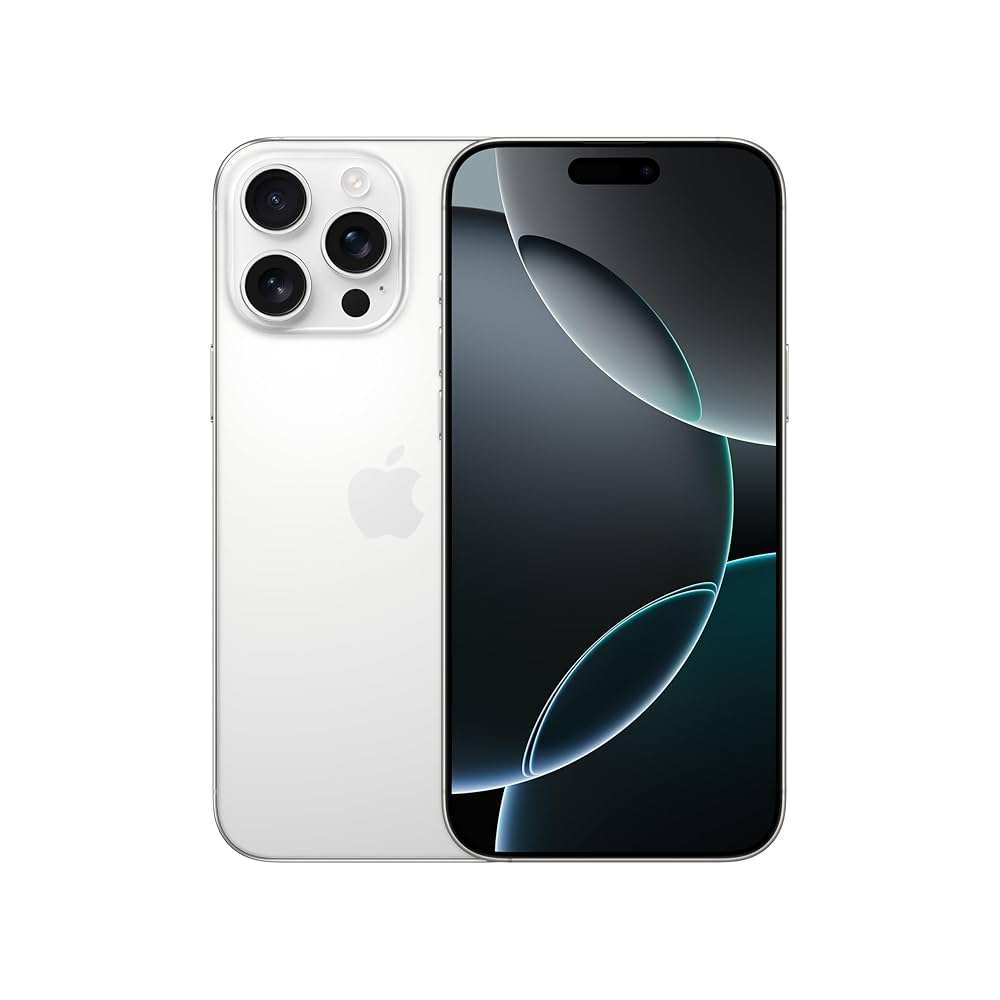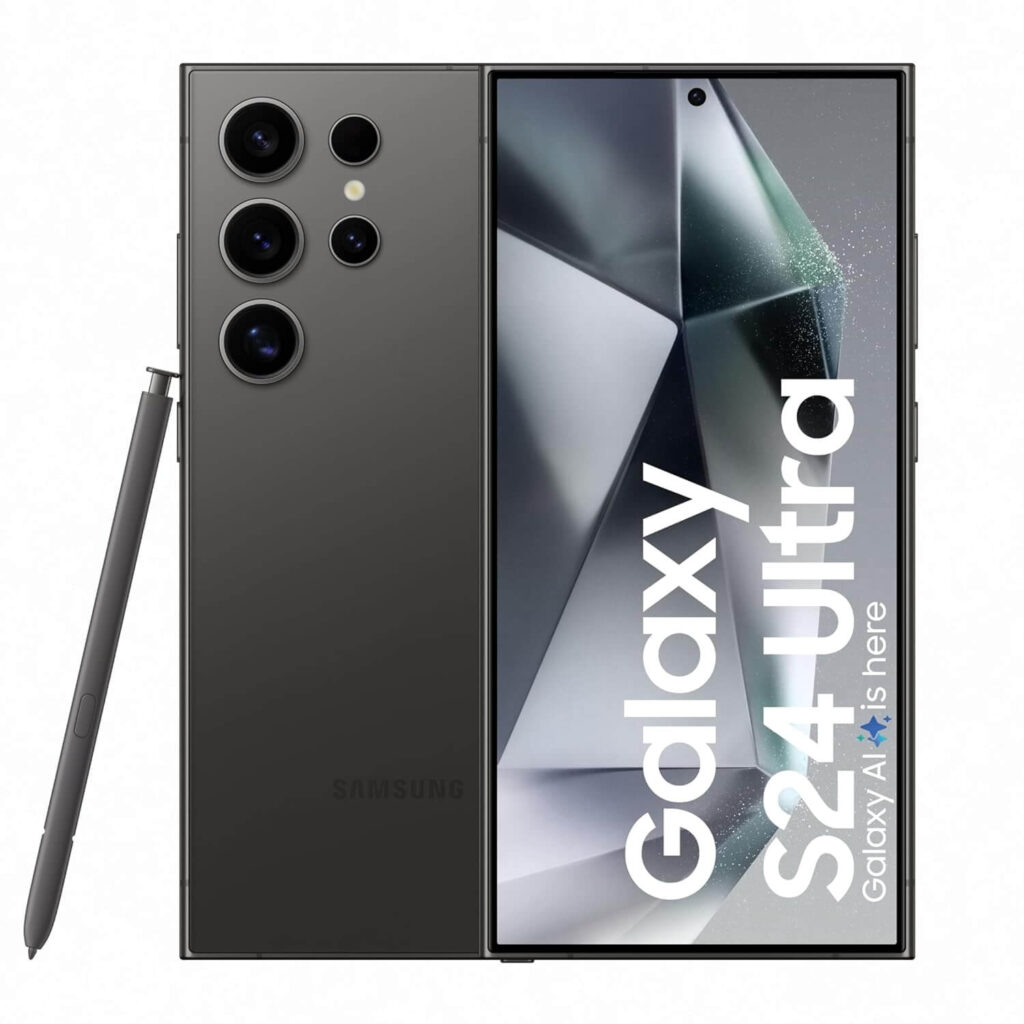There are few sights on Earth as awe-inspiring as a SpaceX Falcon 9 rocket launch. The sheer power, the ground-shaking roar, and the brilliant plume of fire that lights up the sky—it’s more than just a rocket taking off. It’s a tangible symbol of human ingenuity and our relentless drive to explore. But what makes the Falcon 9 so special? It’s not just its raw power, but its revolutionary reusability that has completely transformed the economics of space exploration.
For decades, getting to space was an incredibly expensive, one-way trip. Rockets were single-use machines, with billions of dollars worth of hardware and technology sinking to the bottom of the ocean after just a few minutes of service. The Falcon 9, however, changed that narrative forever. This blog post will take you on a journey through the technology, the impact, and the sheer spectacle of a SpaceX Falcon 9 rocket launch, exploring why it’s a game-changer for the future of humanity.
The Anatomy of a Game-Changer
The Falcon 9 is a two-stage-to-orbit rocket, but its true magic lies in its first stage. This is the part that does the heavy lifting, powered by nine Merlin engines that collectively generate over 1.7 million pounds of thrust at sea level. The second stage, equipped with a single Merlin Vacuum engine, is responsible for delivering the payload to its final orbit.
Here’s a breakdown of what happens during a typical SpaceX Falcon 9 rocket launch and why it’s so impressive:
- Liftoff and Ascent: The nine Merlin engines ignite in a synchronized sequence, sending the massive rocket hurtling toward the heavens.
- Stage Separation: A few minutes into the flight, once the rocket is high above the densest part of the atmosphere, the first stage detaches from the second.
- The Return Journey: This is where the magic truly happens. While the second stage continues its mission, the first stage performs a series of precise maneuvers to guide itself back to Earth. Using its grid fins for steering, it reorients itself and performs a “boostback burn” to slow its descent.
- The Landing: In a breathtaking display of engineering, the first stage reignites its engines for the final “landing burn,” slowing down just enough to perform a perfect, vertical touchdown on a droneship in the ocean or at a designated landing zone on land.
This ability to recover and reuse the most expensive part of the rocket is a breakthrough that has slashed launch costs and dramatically increased the frequency of space missions.
The Reusability Revolution: More Than Just a Gimmick
The reusability of the Falcon 9 is not a minor feature; it is the cornerstone of SpaceX’s business model and a major reason for its success. The company’s vision, as articulated by its founder Elon Musk, is to make life multi-planetary. To achieve this, access to space must be as routine and affordable as air travel. Reusing rockets is the path to that goal.
Also Read: James Webb Telescope Unveils Mysterious ‘Dark Beads’ and Star-Like Pattern in Saturn’s Atmosphere
Consider this: In 2022 alone, the Falcon 9 set a new record with 60 successful launches by a single rocket type in a calendar year, a feat that would have been unthinkable in the era of single-use rockets. This unprecedented launch cadence is a direct result of the reusable technology, allowing SpaceX to perform missions for government agencies like NASA and commercial clients at a fraction of the traditional cost.
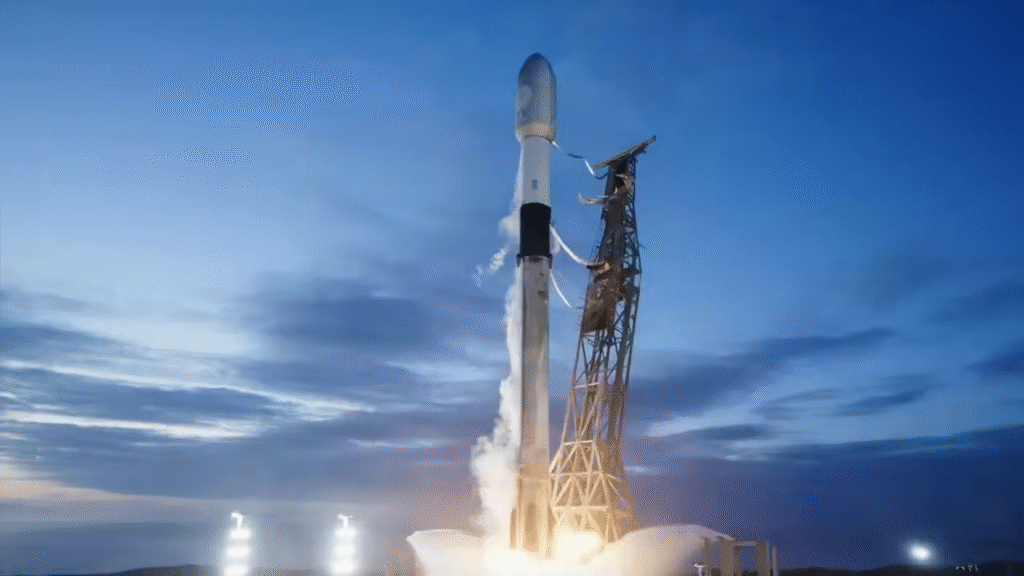
One real-world example of the Falcon 9’s impact is its role in building the Starlink satellite constellation. These thousands of satellites, launched with incredible frequency, are providing high-speed internet to previously unserved areas around the globe. This would simply not be economically viable without the cost savings enabled by the reusable Falcon 9 booster.
The Spectacle of a Launch and What it Means for the Future
A SpaceX Falcon 9 rocket launch is a global event, drawing millions of viewers online and in person. People travel from all over the world to witness the spectacle from locations like Cape Canaveral in Florida or Vandenberg Space Force Base in California. The visual and auditory experience is unforgettable, but the significance goes far beyond the spectacle.
The success of the Falcon 9 has spurred a new space race—one centered on innovation, efficiency, and cost reduction. It has inspired new companies and governments to pursue similar reusable technology, pushing the entire industry forward.
The Falcon 9 has become the workhorse of the modern space age, launching everything from scientific probes to the International Space Station resupply missions. The fact that the Falcon 9 is certified for transporting NASA astronauts to the ISS is a testament to its reliability and safety.
Beyond the Launch Pad: The Impact on You
The success of the SpaceX Falcon 9 rocket launch has a ripple effect that touches everyone. It’s making satellite technology more accessible, which means better communication, improved weather forecasting, and enhanced global navigation. It is also paving the way for future human exploration missions, whether to the Moon or Mars.
A Future Forged in Fire
The SpaceX Falcon 9 rocket launch is more than just a single event; it’s a testament to what’s possible when we challenge the status quo. By pioneering reusable technology, SpaceX has not only lowered the cost of getting to space but has also ignited a new era of innovation and opportunity. From delivering critical satellites to carrying astronauts to the International Space Station, the Falcon 9 has proven its reliability and forever changed the course of space exploration.
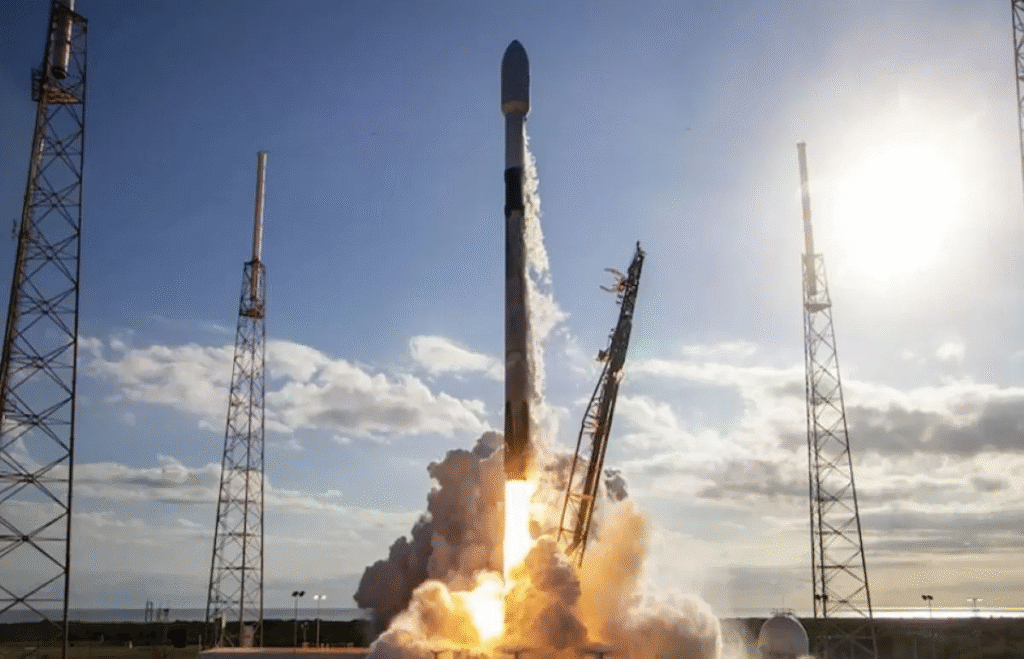
The next time you see a Falcon 9 launch, remember that you’re not just witnessing a rocket taking off. You’re watching the future being built, one launch at a time. Are you ready to witness the next one?
FAQs: Your Top Questions Answered
1. How much does a SpaceX Falcon 9 launch cost?
The advertised price for a SpaceX Falcon 9 rocket launch is around $67 million. However, the exact cost can vary depending on the mission and whether a new or a previously flown booster is used. The reusability factor is what makes it significantly more affordable than traditional, expendable rockets.
2. Where do the Falcon 9 boosters land?
Falcon 9 boosters typically land either on a floating droneship in the ocean (for missions requiring more fuel) or at a designated landing zone near the launch site (for lighter payloads). The droneships are named “Of Course I Still Love You” and “Just Read the Instructions.”
3. What is the success rate of the Falcon 9 rocket?
As of late 2025, the Falcon 9 family has a remarkable success rate of over 99.4%. The most recent version, Block 5, has a nearly perfect success record. This high level of reliability is one of the key reasons it is trusted by major government and commercial clients.
4. What kind of payloads does the Falcon 9 launch?
The Falcon 9 is a versatile vehicle that has launched a wide array of payloads, including:
- Starlink internet satellites
- NASA crew and resupply missions to the ISS
- Commercial and government satellites
- Scientific probes and interplanetary missions
5. How many times has a Falcon 9 booster been reused?
Some Falcon 9 boosters have flown and landed more than a dozen times. The most highly-flown booster has completed over 30 successful missions, showcasing the incredible durability and efficiency of the reusable design.

